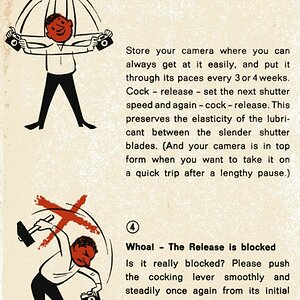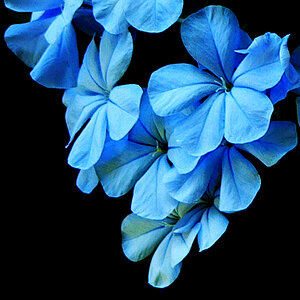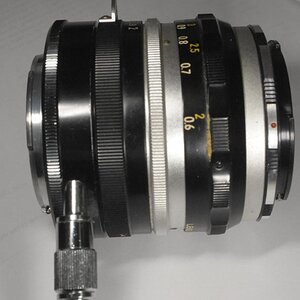hi all,
due to finance problem, i had to downgrade my camera equipments... I was using
sony a7s, 35mm f2.8,Nissin i40
after selling my gears, i bought a Sony a6000 and sigma 30mm f1.4 lens. The combo is nice but just lately fujifilm has caught my eye. i can afford to swap my camera for a X-T1 with 23mm f1.4 lens or i could get a X-T20 with 18mm f2. Having said that, is it worth it? would i be gaining any image quality or High iso performance?
due to finance problem, i had to downgrade my camera equipments... I was using
sony a7s, 35mm f2.8,Nissin i40
after selling my gears, i bought a Sony a6000 and sigma 30mm f1.4 lens. The combo is nice but just lately fujifilm has caught my eye. i can afford to swap my camera for a X-T1 with 23mm f1.4 lens or i could get a X-T20 with 18mm f2. Having said that, is it worth it? would i be gaining any image quality or High iso performance?






![[No title]](/data/xfmg/thumbnail/36/36651-948fc64542c147745d3f3c48bce31dce.jpg?1619737673)
![[No title]](/data/xfmg/thumbnail/41/41799-fe172a668fba7717bf773664387d64aa.jpg?1619739897)
![[No title]](/data/xfmg/thumbnail/41/41798-aacfc8368463d919cba743fe318706b6.jpg?1619739897)




![[No title]](/data/xfmg/thumbnail/40/40285-2ce5915035c220ccb3485030863b62d0.jpg?1619739408)

![[No title]](/data/xfmg/thumbnail/40/40284-f59f6230f0d5b9eacf977f8b0392f087.jpg?1619739407)